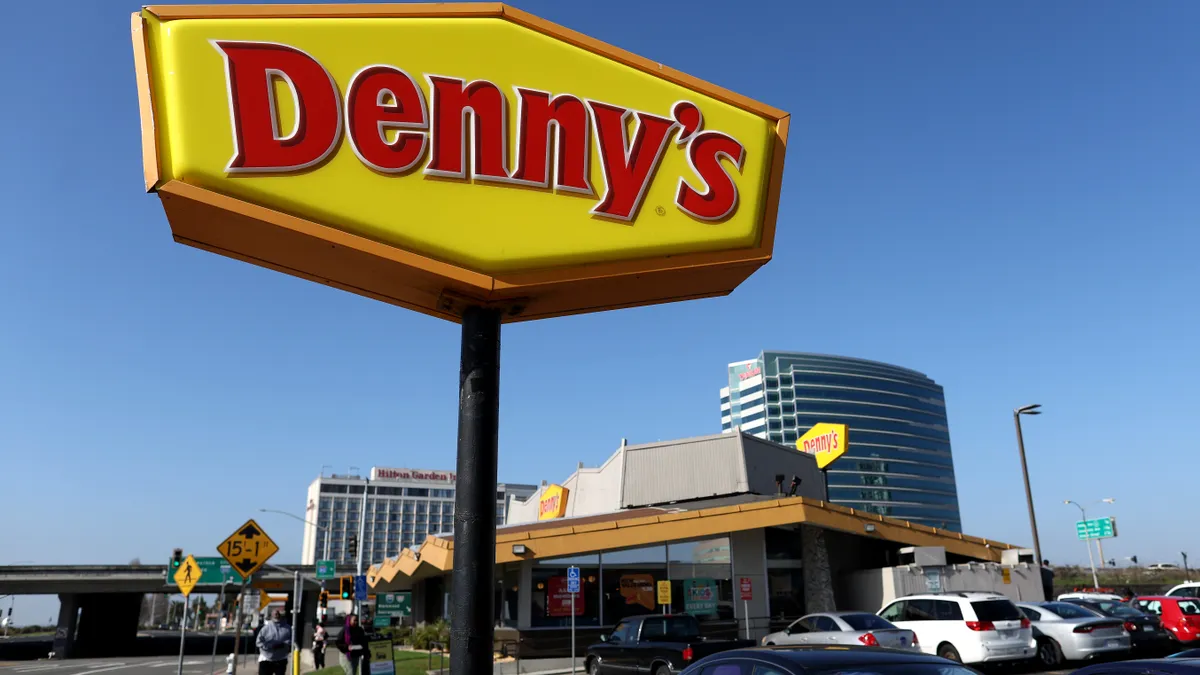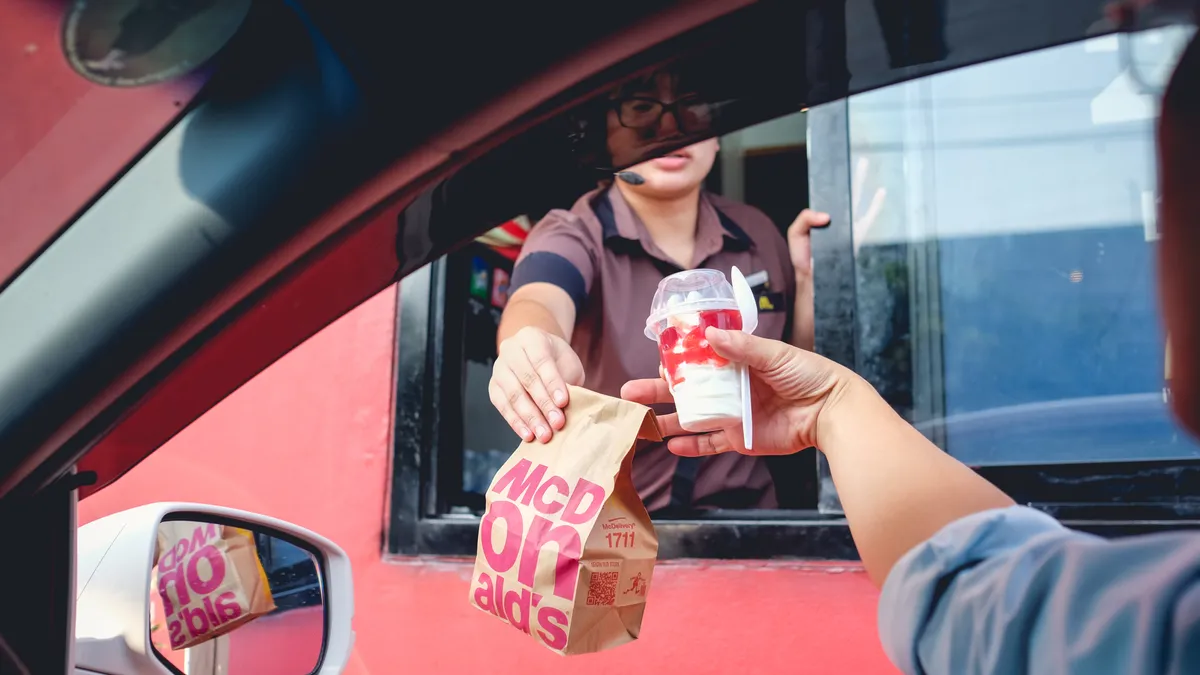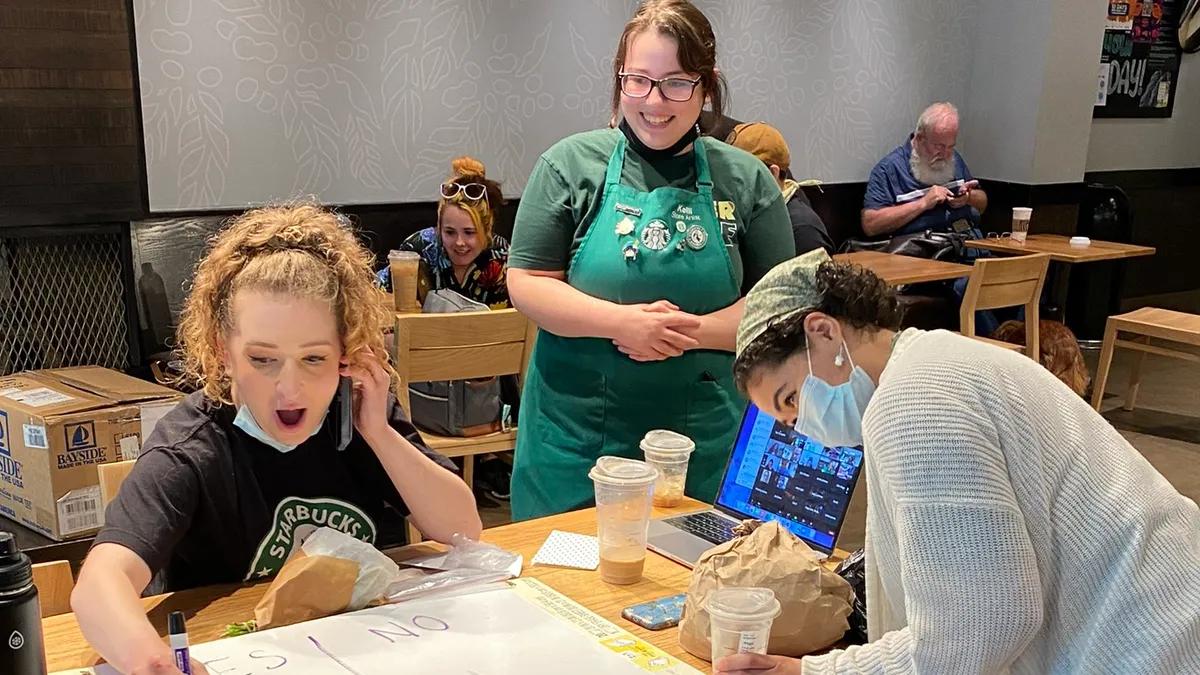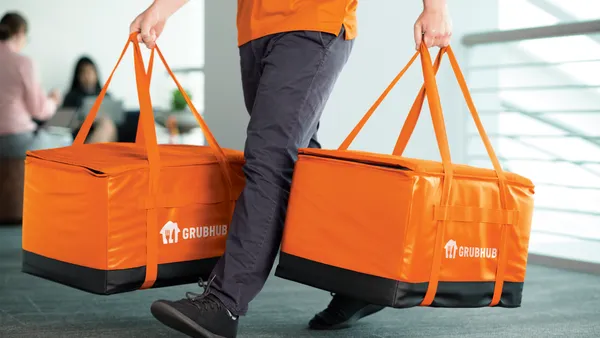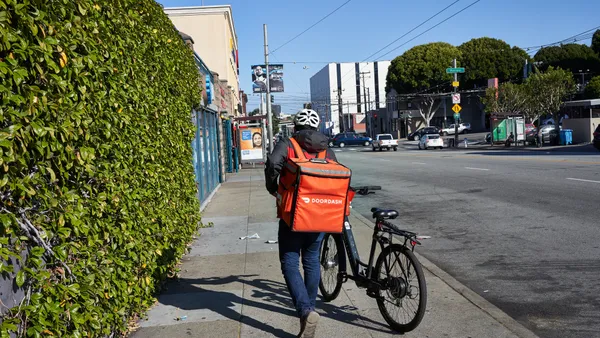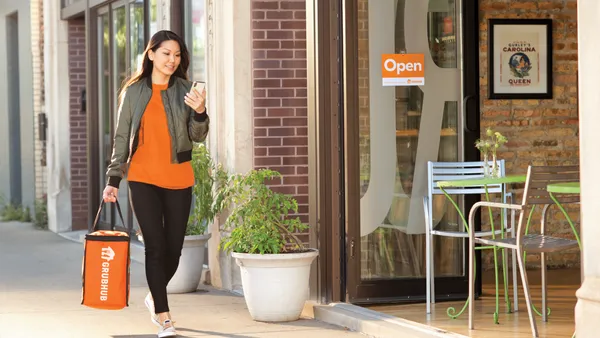Denny’s loves its off-premise business. During the third quarter it made up 20% of its sales, according to an investor day presentation last week. While that is 10 percentage points less than 2020 at the height of the COVID-19, it is nearly twice as large as its off-premise business in 2018 and 2019.
Even though Denny’s posted a decline in same-store sales of 0.1% during the third quarter, its off-premise business performance has remained consistent in the past few quarters. After rolling out its virtual brand Banda Burrito to 1,000 restaurants, same-restaurant sales increased 70 basis points, according to the company’s presentation.
Off-premise not only is a key sales driver, but also engages a key customer base for the chain: the digital guest.
These customers promise to be particularly helpful as the chain aims to increase its average visit from 2.2 per year to 2.5, adding $400,000 in average unit volume growth, said Patty Treviño, senior vice president and chief brand officer, during the Tuesday presentation.
Digital customers typically visit Denny's more each year, offering a higher lifetime value, she said.
To enhance the digital guest experience, the chain is investing more in virtual brands, first- and third-party ordering and its loyalty program.
First- and third-party ordering
Guests that order directly on Denny’s website or app and third-party channels like DoorDash and Uber Eats only overlap by 1%, Treviño said. That means there is little cannibalization of guests across channels.
Denny’s plans to evaluate its first-party channels to ensure that they are working well for customers, Treviño said.
It also will continue to lean into third-party delivery because “when we lean into our [DoorDash] partnership, it really does drive business,” she said. Third-party digital also allows Denny’s to meet its guests during more occasions, like late-night.
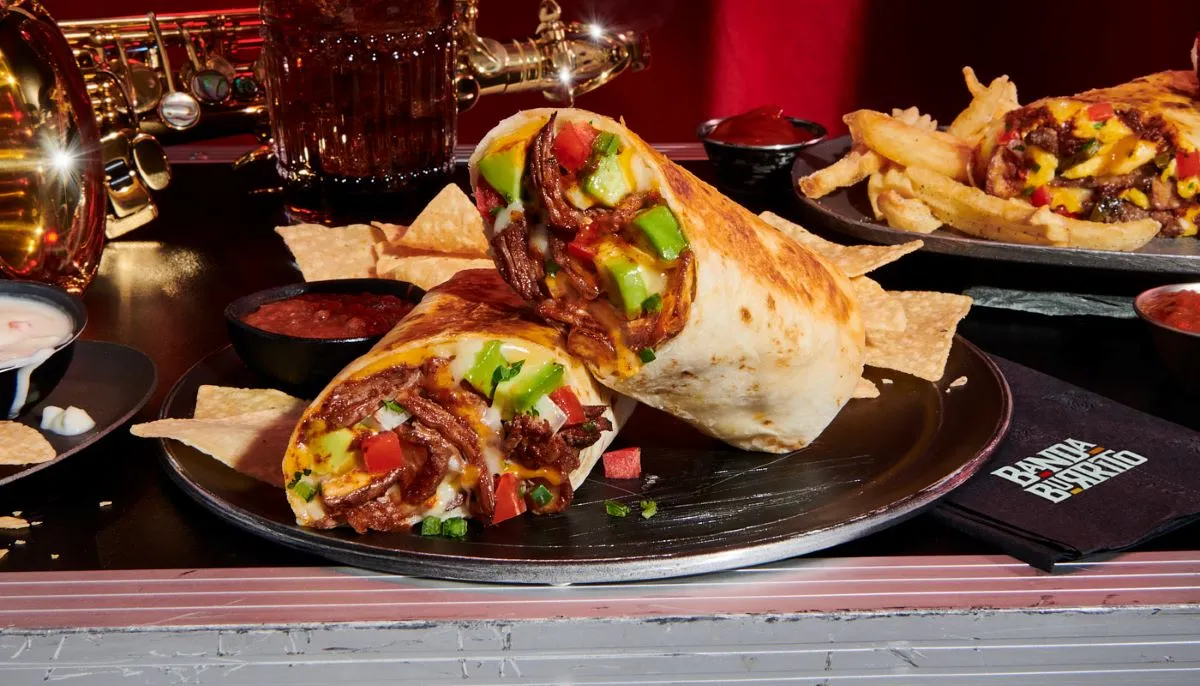
Virtual brands
Denny’s has also leaned heavily into its virtual brands even as brands like Chili’s, Red Robin and Applebee’s have stopped growing these brands. It introduced Banda Burrito earlier this year alongside its Meltdown and Burger Den virtual brands, which have been active since 2021.
“[Virtual brands] completely make sense and it is an incremental guest,” Denny’s CEO Kelli Vallide said.
Denny’s virtual brands have contributed $77 million in sales and 15% growth since 2022. The brands also have lower operating costs than running a standard restaurant since the menu uses what’s already in Denny’s pantry with only a few new ingredients.
Less than 3% of virtual brand guests overlap with Denny’s core restaurant business, and these brands see over 65% of their traffic during the dinner and late night dayparts, according to the investor day presentation.
While Denny’s has a multi-generational guest demographic, it tends to skew higher to Baby Boomers and Gen X, Treviño said. Virtual brands tend to appeal to younger generations, like Gen Z.
“This is meeting a need that is specific to a different consumer occasion,” Treviño said. “There is little overlap with Denny’s guests, so we are serving a different consumer and different age.”
A revised loyalty program
Denny’s also plans to lean into personalization and customized offers, particularly through its loyalty program. Denny’s Rewards currently has about 5 million active members, and these guests visit 1.4 times more per year and contribute to $44 million in system sales, according to the investor presentation. But the program lacks personalization and everyone gets the same discounts.
The company is engaging with its digital team internally and digital agencies externally to build a personalized loyalty program to help drive frequency and member acquisitions, Treviño said.
Diner Rewards will offer a points-based system, leverage data to offer personalization, and use external communication for member acquisition, according to the investor day presentation. Switching to a more personalized program is in line with the rest of the restaurant industry, which is using consumer data in real time to help deploy offers.
“[It’s] getting this brand back to the basic foundation of what a loyalty program is and that’s one of our key strategies for this coming year,” Treviño said.



